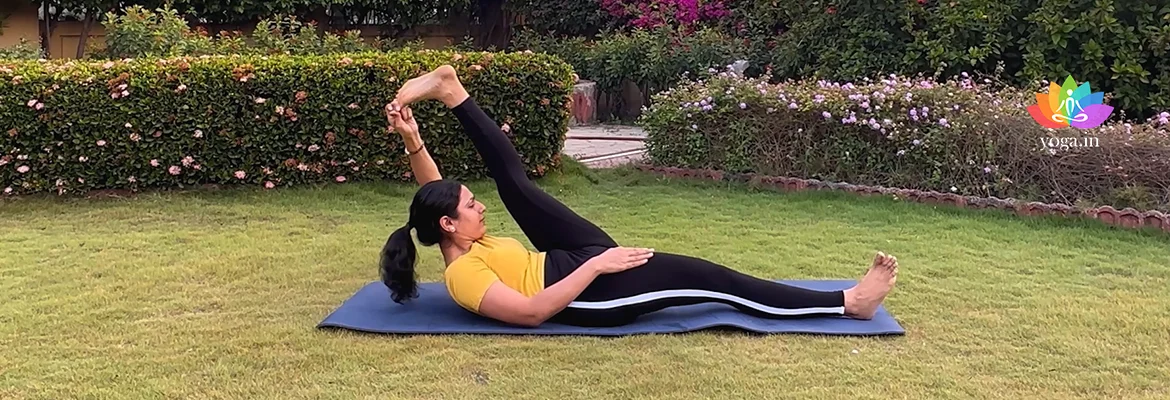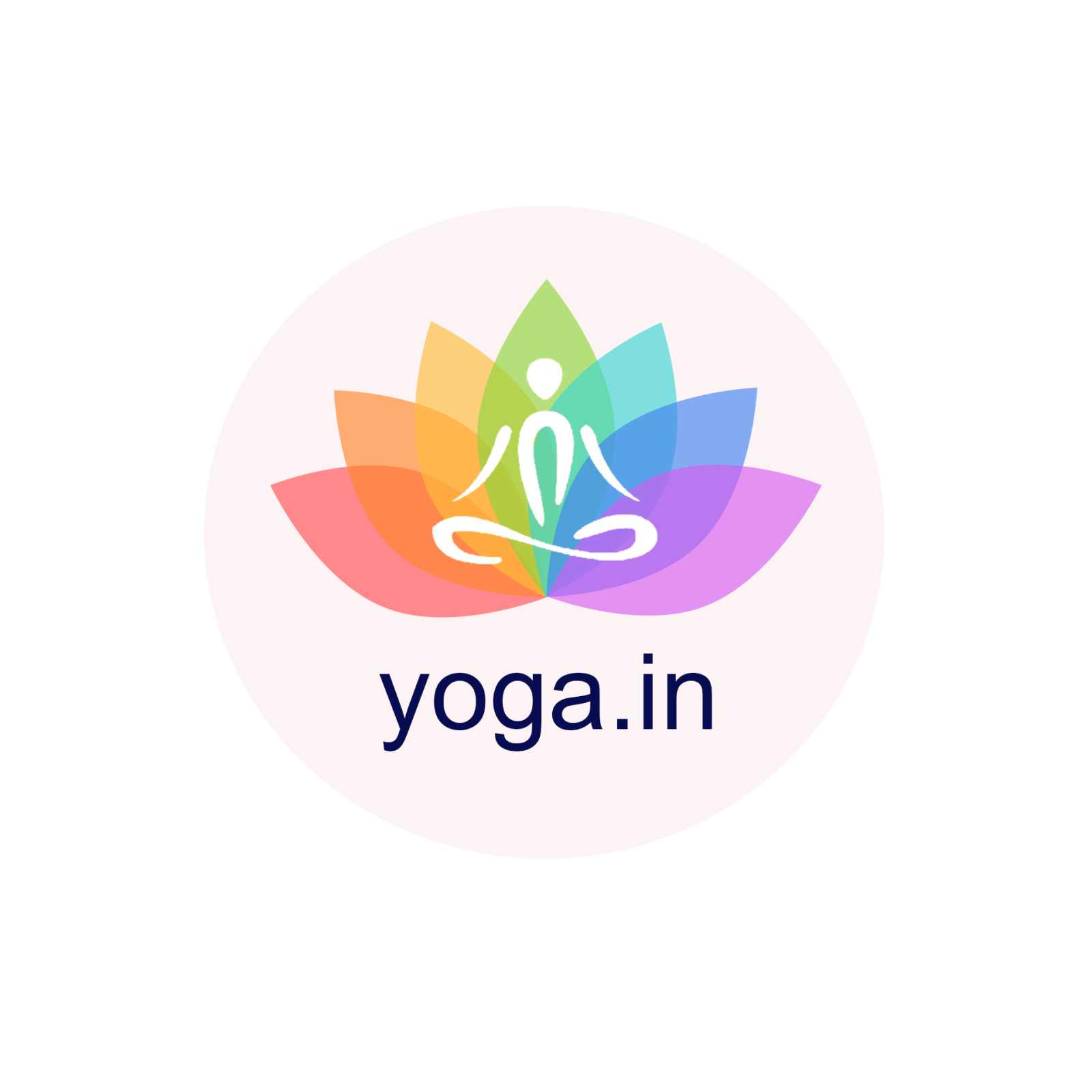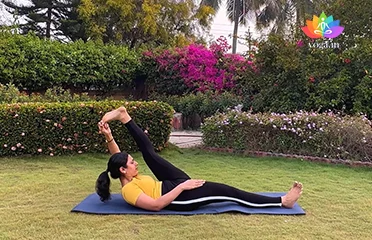Lie on the back stretching the legs on the floor and hands by the sides.
Introduction to the Asana
The Sanskrit name is derived from Supta (सुप्त) meaning ‘supine or recline’, ‘pada’ meaning foot’, ‘Angustha’meaning ‘Big toe’ and āsana (आसन) meaning “posture” or “seat”.
Step to get in the pose
-
-
Inhale, raise the left leg to bring it perpendicular to the floor.
-
Raise the left arm and grab the left big toe between the thumb, index, and middle fingers.
-
Keep the right leg stretched on the floor with the right hand resting on the right thigh.
-
Take 3-4 deep breaths.
-
Exhale lifting the head and trunk off the floor.
-
Bend the left elbow to pull the leg towards the head keeping the knee straight.
-
Try to remain in this position for 15 to 20 seconds.
-
Gradually bring the left leg down to the floor.
-
Repeat the above-mentioned steps switching the leg and arm position.
Common mistakes and pitfalls
-
Practising on uneven surfaces.
-
Overstretching your hamstrings.
-
While the left leg is stretched above, the right leg’s knee gets lifted with a slight bend.
Benefits
-
Alleviates arthritic pain in the knees and hips.
-
Relieves stiffness in joints.
-
Improves blood circulation in the legs and hips.
-
Releases tension from the lower back.
-
Strengthens reproductive system.
-
Keeps rectum and urinary bladder fit and clean.
-
Helps in sciatica.
-
Makes core muscles stronger.
-
Prevents hernia.
-
Regulates Blood pressure.
-
Regulates Diabetes.
-
Relieves Osteoporosis.
Contraindication
-
Avoid in case of injury in the spine, shoulders, hamstrings, or quadriceps muscles.
-
Avoid during pregnancy.
-
Avoid if suffering from asthma or any respiratory problems.




